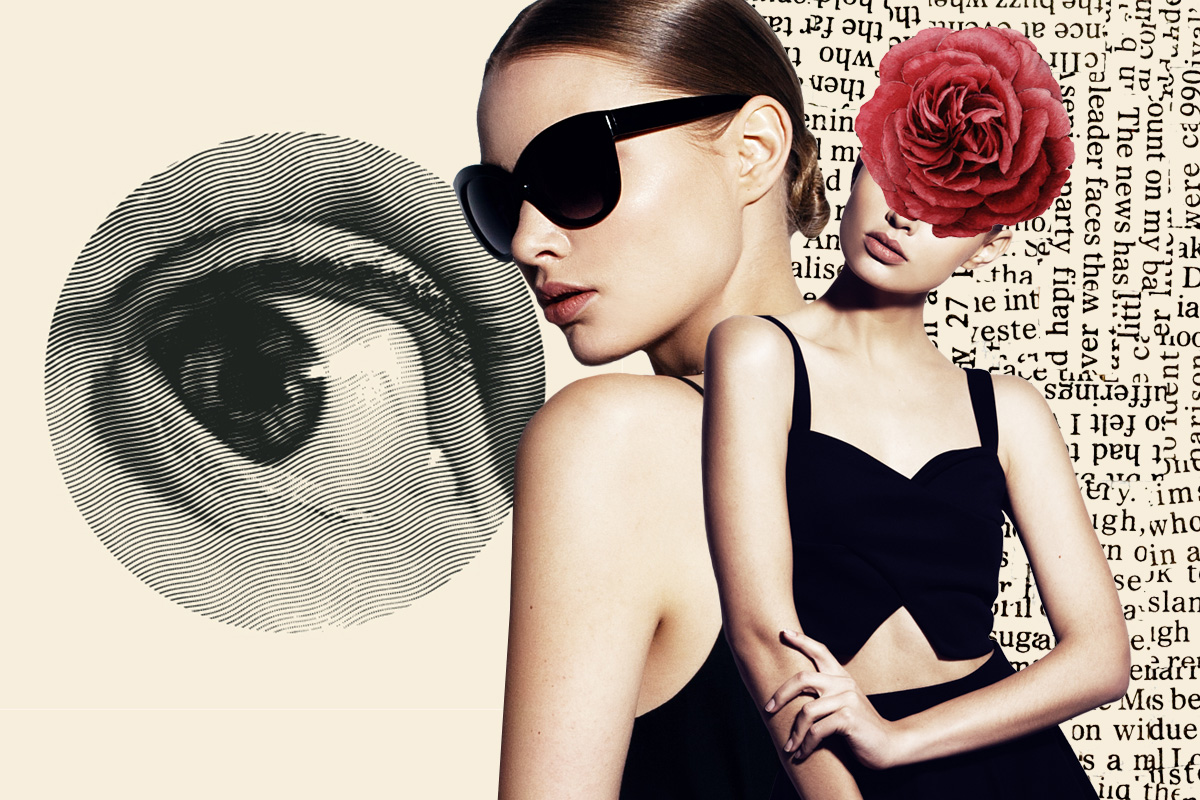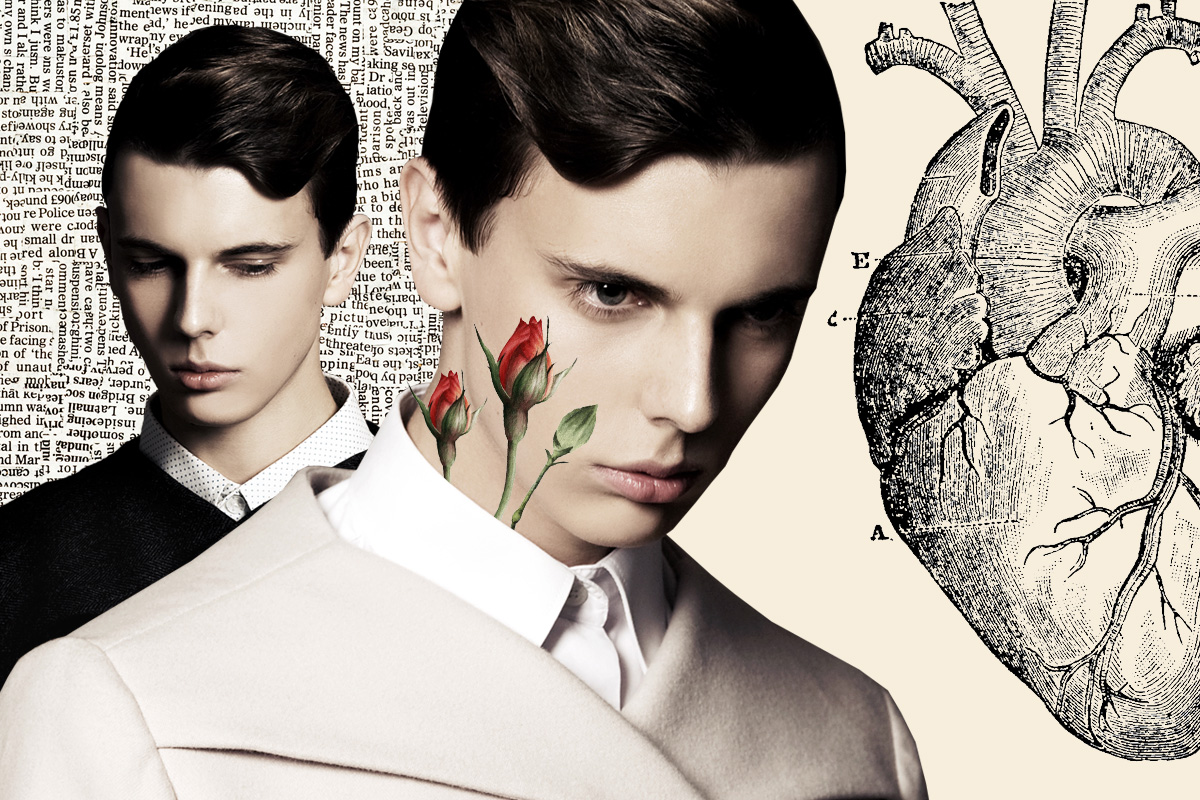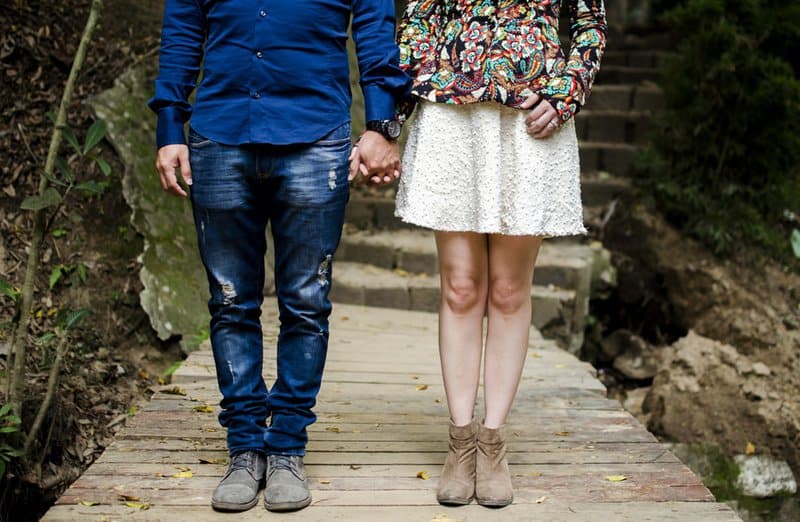One of the goals of this material is to draw on the theory of sexual attraction of people based on the data of modern science, based on proven hypotheses. SO pay attention to Attractive Theory: how Women and Men choose partners.
Men and women are different – this is a fact that hardly anyone will be able to challenge in the near future. But they differ not only in physical parameters, but also in the way they think. And this is laid down by evolution, Mother Nature took care that our species did not die out. But how to explain the reasons why men choose a certain type of women? How to explain why women are attracted to this type of men and not another? Oh, this is very interesting, and now there are many conflicting theories, which we will tell you about.
If you really want to understand human behavior and make a complete portrait of him, no matter what gender he is, you can not do without biology. Scientists are convinced that evolutionary psychology plays an important role in choosing a partner for life. And there is plenty of scientific evidence for this.
Ask a man or woman about the reasons why they chose their partner, and you will probably get rational explanations, but not the reasons. Rationalization is an “excuse” that we give ourselves and others why we did / chose something. Scientists argue that real motives can be very different from rationalizations, they can be private, hidden or even unconscious.
According to psychologists, we choose partners who appeal to our innate human nature, specifically to the four developed instincts – survival, sexual, tribal and the instinct of reciprocity. Thanks to Darwin and the rest of the scientists, they all described in detail in their research.
The survival instinct – self-preservation is a key driving force in the behavior of any person, so we naturally reach out to other people. It is important to note that this survival instinct may include inherited preferences that have been developed in our species over millennia. Some of these preferences would not play a role now, but nature is stronger: these instincts developed in our prehistoric ancestors for survival.
For example, take a regular burger: we like juicy hamburgers not because they are rich in calories and help us survive today, but because high-calorie foods would help our ancestors survive the difficult times of their hunting past. So with the choice of a partner.
For example, women now do not necessarily need men who are taller or stronger than them, but studies show that only a few out of a thousand girls will pay attention to a guy who is lower than themselves.
The same is with intelligence. Scientists have proved that the smarter a woman is, the more demanding she is in choosing a partner, but she pays attention not only to the mental abilities and external data of a man, but also to emotional intelligence.
Biologists say that this was laid down by evolution, because in ancient times women needed a mentally healthy and physically strong man who could protect and feed his family.

Interestingly, this principle does not work with men – they are not interested in how a girl dresses and how she thinks, they evaluate, let’s say, her healthy appearance: the fuller the hips in relation to the waist, the greater the chance of a successful birth. Darwinists have identified this approach to choosing partners as unconscious, that is, it is laid down by nature.
Darwin’s theory of evolution also has certain symbols that are understood equally by all members of the human race. This refers to the external parameters of the face. Both women and men consider a proportional face to be beautiful, and a strong deviation from this parameter is perceived as a mismatch with the norm, a sign of poor health.
Therefore, when choosing partners, both women and men rarely prefer people of non-standard appearance. Although beauty standards change from year to year, a symmetric metric is still important. The more symmetrical the face, the better the human health – this is how our brain works, evaluating the appearance of other people. Accordingly, both sexes have always chosen the most healthy partner for procreation.
But there are other factors, by which women choose certain men, and men choose women.
For example, sexual attraction plays an important role in choosing partners. In one study, scientists found that people in a state of excitement are ready to do what in their sober mind they would never do: risk their own safety, deceive, withhold something. In a word, desire for a while literally turns us into other people. But how is it that we want some and don’t want others? Why, for example, do gentlemen prefer blondes, and women give a burning brunette or a bearded Viking to women?
Of course, we mentioned some of them above: evolutionary scientists believe that some of the allusions to the “good genes” of a partner are unconscious in the 21st century. However, modern women and men, evaluating the attractiveness of a partner, do not always think about how healthy the offspring will turn out.
If we take it as an axiom that this is exactly so, for health reasons, we choose the ideal partner for reproduction, it becomes obvious that the criteria for attractiveness for women and men differ significantly.
For example, the cost of producing offspring for women is nine months. While a man during this time can become a father a huge number of times. Therefore, women are more selective when choosing a partner than men. A man, in turn, looking for a partner for a monogamous long-term relationship, is less picky – in such circumstances, the probability of leaving offspring is equalized in both partners.
Numerous studies confirm that for women, the appearance (not only the shape of the skull, but also the quality of clothing, grooming, etc.), the socio-economic status of men plays a large role. At the same time, scientists say that we are talking not only about the success of the partner at the moment, but also about his potential in general.
Therefore, women often give preference to “poor artists”, in whose talent they believe, than to young people who already have everything. Recent sociological studies show that a woman’s choice is often dictated by her living conditions. For example, if a woman earns well or the cost of her life is not too high, she is less concerned about the socio-economic status of the partner.
As for men, modern biology suggests that their legibility depends on their standard of living and social status. Recently, Chinese scientists from Pekin University conducted two experiments with students (73 guys and 48 girls) who were in stable heterosexual relationships. Volunteers were asked to introduce themselves as rich or poor, and then showed them a series of pictures and asked to identify more attractive partners for themselves, after which they were allotted three minutes to communicate with the chosen ones. Moreover, the goal of the experiment was not called by the subjects in order to obtain the most reliable results.

So, scientists found that both sexes, who felt financial stability, showed a greater willingness to new relationships. At the same time, men turned out to be more active: they sat down with partners and reduced the distance between them more often than women. In addition, volunteers were asked how satisfied they were with the physical attractiveness of the chosen ones. It turned out that men who felt rich were more demanding of their partner’s appearance. Interestingly, this selectivity was not observed in women.
READ MORE Biohacking: What Is It And Its Basic Principles. Do Celebrities Use Biohacking?
So, Chinese scientists came to the conclusion that men are changing their strategy of choosing the ideal partner, depending on external conditions. The results of a group of scientists from Beijing also coincide with the data of numerous similar studies by their American colleagues. It is proved that, unlike men, the rich, women do not increase their demands on the appearance and social status of their beloved. Biologists explain this phenomenon with the theory of the parental contribution of Trivers.
According to it, men and women devote different times to their children, therefore they unequally assess the attractiveness of the opposite sex. Women spend more time with offspring due to bearing and caring for them during the first years of life. Therefore, it is more important for women to find a partner who has sufficient resources to raise offspring. But men evaluate the reproductive potential of a partner solely according to external data.
At the same time, scientists also say that not only social Darwin theories, but also the theory of strategic pluralism plays a big role in choosing a partner. That is, a person, regardless of gender, is able to change his approach to finding a lover and romantic relationships, depending on external conditions.
SEE 3,000 Years Of Women’s Beauty Standards In A 3-Minute Video
Also, modern science indicates that the theories described above are not the default function. The social and emotional intelligence of a new person (that is, you and I) has grown so much that a person is not always guided by the basic instincts for survival and procreation. Human nature is more than selfish motives for self-preservation and reproduction. Now the instinct of reciprocity comes into play.
Social networks and various dating sites have led to the fact that we often make non-assortive choices (for specific appearance criteria, for example). So, some data show that if someone shows signs of attention to us, then we naturally feel a desire to reciprocate them. And this applies to both sexes.


